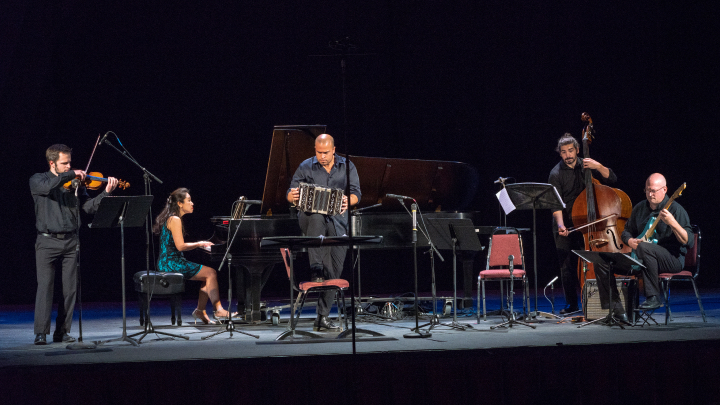SOLILOQUY for violin, cello and piano (1997)
SOLILOQUY, a single-movement work of approximately seven minutes, owes its inspiration in no small part to the experience of being preoccupied over a period of some three years between 1995 and 1997 with the creation of my first opera, BETWEEN TWO WORLDS (THE DYBBUK), based on S. Ansky’s famous Yiddish play by the same name. My compositional point of departure was a musical line which begins the opening soliloquy of Khonnon, the play’s (and opera’s) protagonist, where his yearning and desire for his beloved Leya is first revealed. In THE DYBBUK Khonnon dies when it becomes clear that his love is to remain unrequited. Whereas most similar tales would end right there, Khonnon’s death is only the first step in the journey to fulfill the great longing of the doomed would-be lovers.
While the aforementioned phrase (originally a tenor line, played here on the cello) served as the compositional “trigger” for me in SOLILOQUY, its placement in this work differs from its operatic analogue in that it appears as the answer (consequent phrase) to SOLILOQUY’s principal theme, a newly composed violin line. This legato line is loosely based on a whole-tone configuration, a different melodic permutation of which is associated throughout the opera with Khonnon’s desire, and which I have come to think of as the opera’s “lust motif “.
The title refers not only to Khonnon’s soliloquy, but also to the fact that, although written for a standard piano trio combination, it is, in fact, the violin which serves as the carrier, the “voice” of the piece, and its emotional center.
Shulamit Ran
